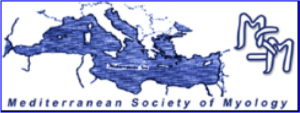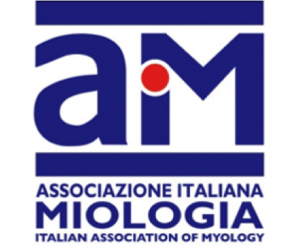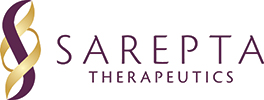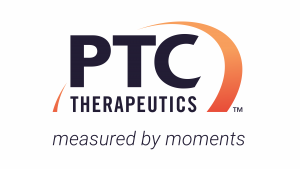The role of rehabilitation in the management of late-onset Pompe disease: a narrative review of the level of evidence
Giovanni Iolascon 1, Michele Vitacca 2, Elena Carraro 3, Carmelo Chisari 4, Pietro Fiore 5,
Sonia Messina 6, Tiziana Enrica Giovanna Mongini 7, Valeria A. Sansone 8, Antonio Toscano 9 and Gabriele Siciliano 10, on behalf of AIM (Italian Association of Myology),
AIPO (Italian Association of Hospital Pulmonologists), SIRN (Italian Society of Neurorehabilitation), and SIMFER (Italian Society of Physical Medicine and Rehabilitation)
1 Department of Medical and Surgical Specialties and Dentistry, University of Campania “Luigi Vanvitelli”, Naples, Italy; 2 FERS Respiratory Rehabilitative Unit ICS S. Maugeri IRCCS Lumezzane (Bs) Italy; 3 Neuromuscular Omnicentre, Fondazione Serena Onlus, Milan, Italy; 4 Unit of Neurorehabilitation, Department of Medical Specialties, University Hospital of Pisa, Italy; 5 Department of Basic Sciences, Neuroscience and Sense Organs, University “Aldo Moro”, Bari, Italy; 6 Department of Clinical and Experimental Medicine, University of Messina and Nemo Sud Clinical Center, Messina, Italy; 7 Neuromuscular Center, AOU Città della Salute e della Scienza, University of Turin, Italy; 8 Neurorehabilitation Unit, University of Milan, The Nemo Clinical Center, Milan, Italy; 9 Department of Neurosciences, University of Messina, Italy; 10 Department of Clinical and Experimental Medicine, University of Pisa, Italy
Late-onset Pompe disease (LOPD) is characterized by progressive muscle weakness, respiratory muscle dysfunction, and minor cardiac involvement. Although in LOPD, as in other neuromuscular diseases, controlled low impact sub-maximal aerobic exercise and functional ability exercise can improve general functioning and quality of life, as well as respiratory rehabilitation, the bulk of evidence on that is weak and guidelines are lacking. To date, there is no specific focus on rehabilitation issues in clinical recommendations for the care of patients with Pompe disease, and standard practice predominantly follows general recommendation guidelines for neuromuscular diseases. The Italian Association of Myology, the Italian Association of Pulmonologists, the Italian Society of Neurorehabilitation, and the Italian Society of Physical Medicine and Rehabilitation, have endorsed a project to formulate recommendations on practical, technical, and, whenever possible, disease-specific guidance on rehabilitation procedures in LOPD, with specific reference to the Italian scenario. In this first paper, we review available evidence on the role of rehabilitation in LOPD patients, particularly addressing the unmet needs in the management of motor and respiratory function for these patients.






